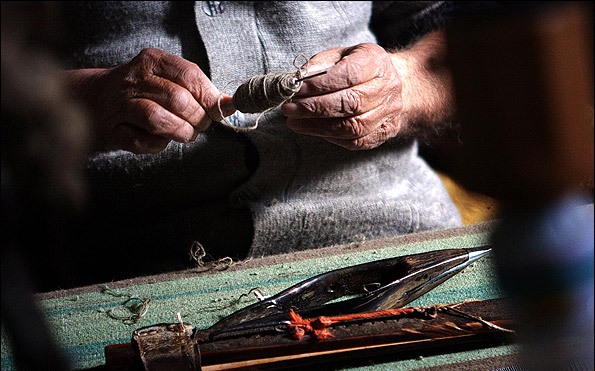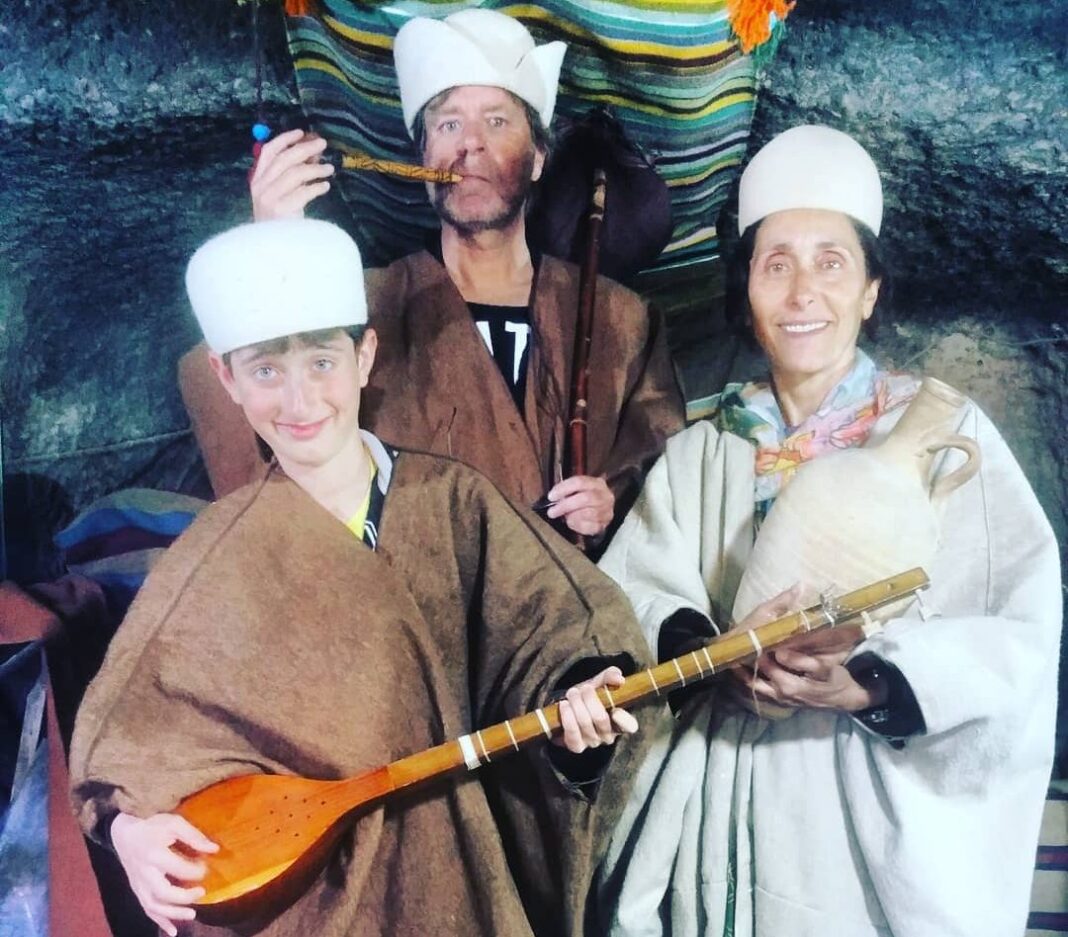The robe-weaving art was very popular in the city of Nain in the central Iranian province of Isfahan. Mohammadieh, a village adjacent to Nain, is regarded as the birthplace of robe-weaving.

These cellars are, in fact, robe-weaving workshops. The robes are made of camel or sheep wool. However, the cellars are mostly used as rug-weaving workshops nowadays.
Robe-weaving was registered on Iran’s National List of Cultural Heritage years ago and dates back more than half a century.
According to one of ten surviving robe-weavers in Nain, the robes woven in this city are very resistant and fire-proof.
Moreover, no snakes or scorpions would ever get close to the robes. They even have medicinal properties and are used to heal low back pain and kidney pain.

In order to weave these robes, one has to shear a camel and wash the wool with water. After the wool is dried, the low-quality parts are removed. Then extra hair is removed from high-quality parts of the wool by women.
Then, the wool is cut up and beaten with a special machine. Afterwards, the beaten wool is made into thread and twisted around a spindle using a manual spinning wheel.
Now, the thread is ready for knitting. Each robe is six metres long and weighs 5.2 kilogrammes. Robe-weaving machines are made of wood and cane. The robes woven is this way are all suitable for winter and, in the past, everybody would wear these robes during winter.
